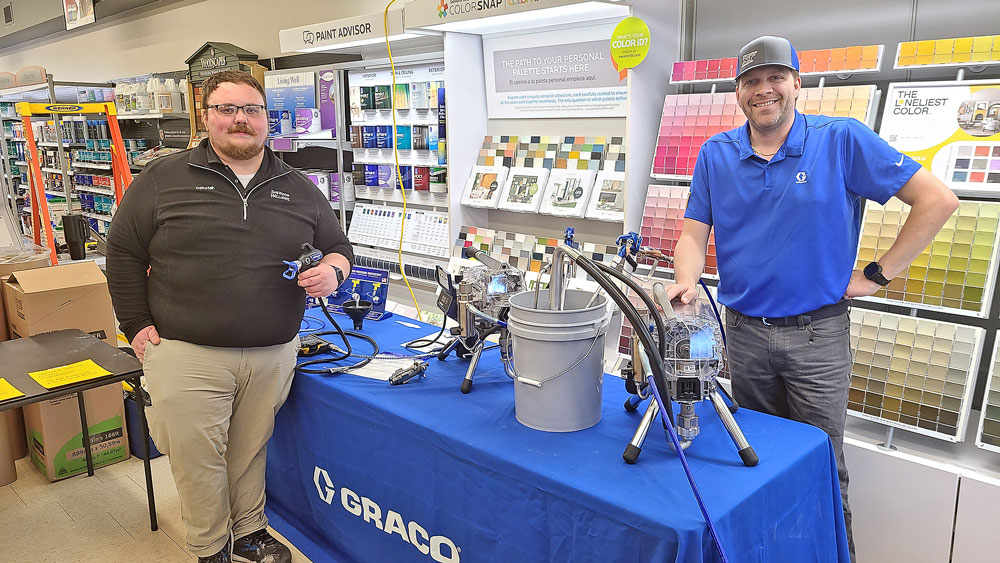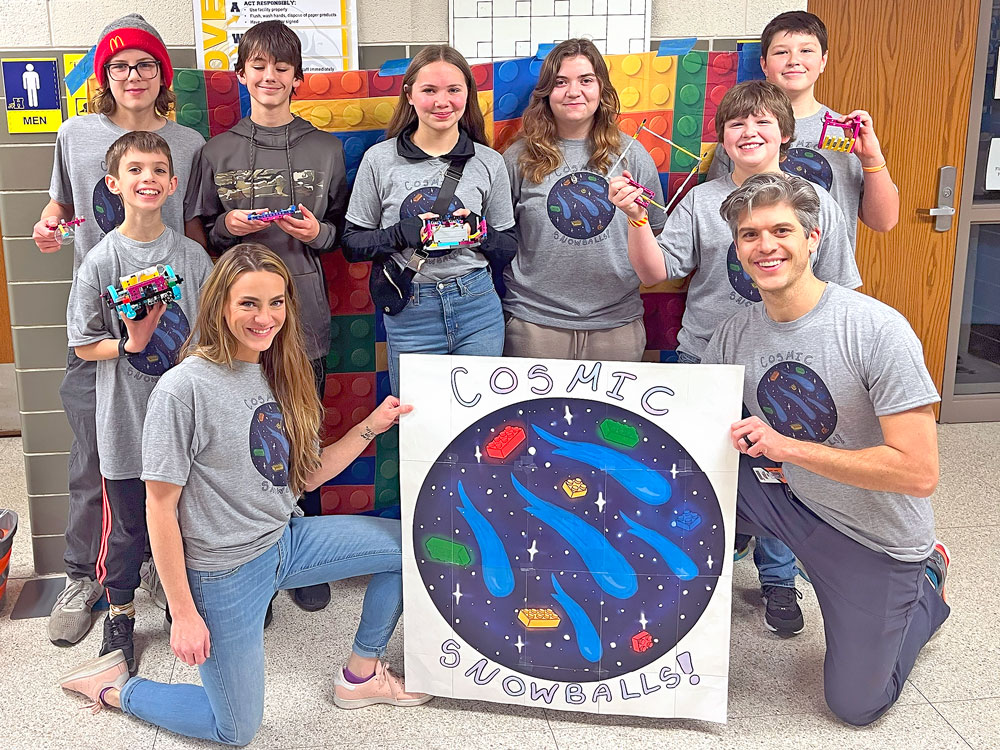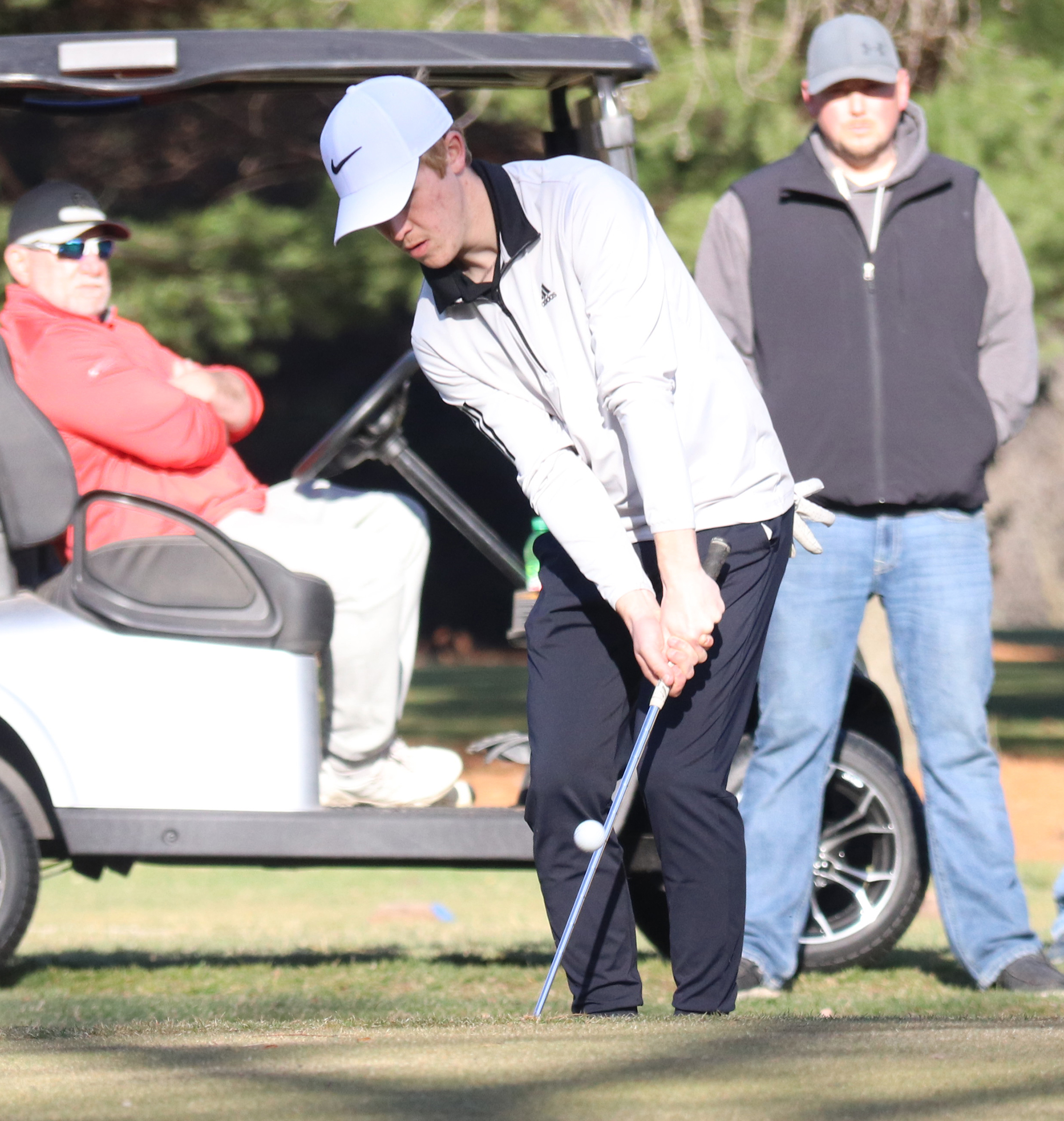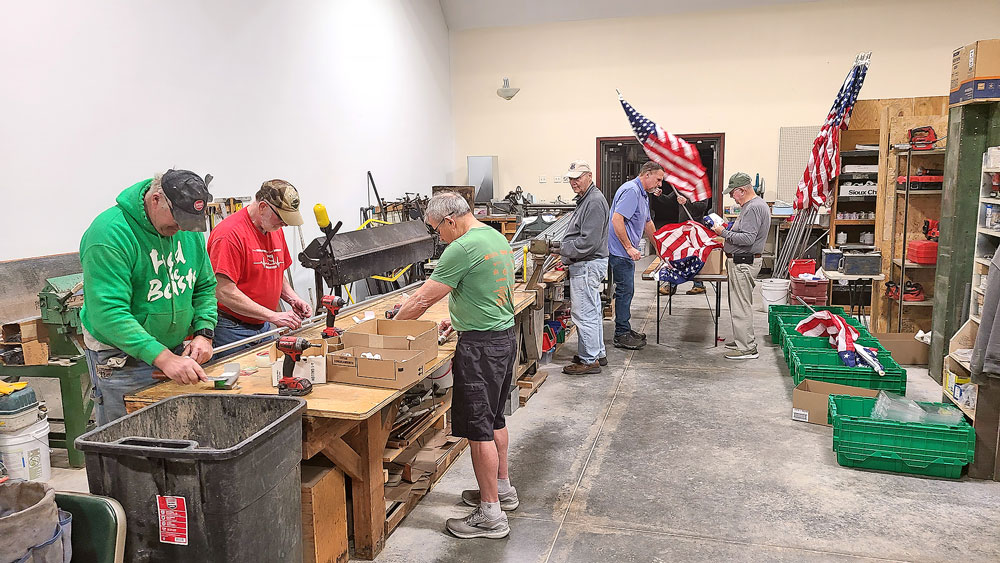Williams trial begins; attorney says shooting was self-defense

Press photo by Bob Steenson

Press photo by Bob Steenson
By Bob Steenson, bsteenson@charlescitypress.com
The first-degree murder trial of Antoine Williams of Charles City began Wednesday morning with the defense saying it would show that the shooting of Nathaniel Fleming was done in self-defense, but the prosecution arguing it was a planned and purposeful event.
In the defense’s opening statement in Floyd County District Court, attorney Steven Kloberdanz of Mason City said Williams, 36, and Fleming, also 36, knew each other, and many people thought they were brothers.
He said Fleming, of Mason City, was a small man who bragged about having guns and who had a “Napoleon complex” or a “Chihuahua complex,” meaning he was sensitive about his height and made up for it by “acting tough.”
Kloberdanz said testimony would show that Fleming “was irate toward Antoine Williams because he thought Antoine Williams was in cahoots with some people who had beat up and made fun of him a week or two before this time.”
“He wasn’t involved in the beating at all,” Kloberdanz said about Williams.
“The evidence will show that Antoine Williams doesn’t want to get sideways with anyone,” Kloberdanz said. “At the time he called Fleming on the phone, and wants to talk to him about this accusation that he was in cahoots with the people that beat Fleming up.
“Fleming answers the phone, but he’s talking to someone else and he’s telling them ‘bring my guns’ — not singular, ‘my gun,’ ‘bring my guns,’ plural,” Kloberdanz said. Williams hung up without talking to Fleming.
A short time later Williams was in the apartment complex parking lot and Fleming drove up, Kloberdanz said.
“Fleming comes flying up, driving around this parking lot all crazy, sees Antoine, slams on the brakes, slams it into reverse, backs into this parking place right by the dumpster.
“Antoine’s thinking, ‘No, no.’ He goes over and tries to talk to him and tries to calm him. He’s still irate. Fleming is still irate with Antoine,” Kloberdanz said. “In fact, the more Antoine tried to talk Fleming down, the angrier and more irate Fleming got.
“And at some point in their conversation, Fleming reaches down like he’s going for a gun. And to Mr. Williams, Antoine Williams, it was either shoot or be shot. At that point he pulled out the gun and shot,” Kloberdanz said about his client.
Kloberdanz also said Williams wants to prove his innocence and wants to testify about what happened.
Rachel Ginbey, Floyd County attorney, said in her opening statement that the prosecution would prove Williams purposefully made decisions that resulted in him waiting for and then shooting Fleming on the evening of June 30 in Charles City.
Ginbey said Williams went to his apartment in the Clarkview Apartments complex, retrieved a handgun from his kitchen, went downstairs and waited in a parking lot until Fleming arrived.
“He was a man on a mission,” Ginbey said about Williams. “He then took the gun out of his pocket, takes aim, and points it right into the vehicle. He then makes a decision to pull that trigger and unload all the bullets in the gun.
“Nate Fleming got shot in the chest, at least in two different spots. He got shot in the arm, and there was another one that shot him in the jaw,” Ginbey said.
Ginbey said Williams then pulled Fleming from the vehicle, left him bleeding on the ground and drove away in Fleming’s vehicle, a red Chevy SUV. She said the prosecution would show Williams made attempts to conceal evidence and escape first to Waterloo then to Chicago, where he was arrested several days later.
Most of the day Wednesday was spent with testimony for the prosecution from members of the Charles City Police Department who testified about the actions they took and what they observed on the evening of the shooting and thereafter as they were involved with the case.
Police dispatcher Heather Johlas testified first and told about receiving 911 calls about a shooting, and sending police and an ambulance to the scene.
The 911 recording was played for the jury, and on it a person reports “somebody’s been shot and carjacked.”
June 30, 2017 911 call — Note: Contains some vulgar language.
The unidentified caller said the person had been shot three times. When the caller was asked by Johlas if he knew who took the truck, he said, “It’s supposed to be his brother,” but he said he didn’t know his name.
Police officer Leonard Luft was the first officer on the scene, and he said he had driven by the area earlier while on patrol and saw Williams along with Josh Baker and Ed Brown standing outside the apartments.
Luft said he knew Williams because he had met him in May when he took a criminal mischief report from Williams because someone had kicked in Williams’ door.
When Luft arrived at the scene of the shooting he called dispatch to send “a full page” — calling all Charles City officers to the scene. Officer Duane Ollendick soon arrived and they began performing CPR on Fleming.
Luft said Fleming was unresponsive and he could not find a pulse.
The prosecution played Luft’s body camera video, which showed him and training officer Jason Flores arriving at the scene. The two had been riding together as Flores, who had just started with the department June 6, was observing Luft.
When they arrived a man told them, “This gentleman’s brother is about 6-foot-7. He shot him, took him out of the truck, he drove off with it — it’s a red Chevy Equinox truck.”
Luft called dispatch to give a description of the suspect’s vehicle and said it could be driven by a taller black male.
Other officers testified about arriving on the scene, helping do a “grid search” of the community for the red SUV, and participating in a search warrant search of William’s apartment which yielded no pertinent evidence.
William Vetter, who retired from the Police Department in August, said he was sent to Floyd County Medical Center where a doctor told him the victim had died. He took photographs of the victim for evidence.
Several people arrived at the hospital including Fleming’s girlfriend and family members. They were allowed to enter the hospital and the doctor informed them the victim had died. They provided information about the identity of the shooting victim and about the red Equinox, which was registered to Barbara Fleming, who is no relation to the victim.
Vetter called dispatch with the license plate number of the SUV.
Under cross-examination, Nellie O’Mara, Williams’ other attorney, asked Vetter about tattoos he had photographed on Fleming’s body and whether he recognized them as gang tattoos.
Iowa Assistant Attorney General Coleman McAllister, who is assisting Floyd County with the prosecution, objected to that line of questioning and after a lengthy sidebar with the judge the jury was taken out of the courtroom
McAllister said there was no evidence that there was any gang relation to the shooting.
“There is simply nothing that the defendant is offering except to paint the victim as somebody who is a member of a gang and therefore a bad person, with no proof of it,” McAllister said.
Judge Rustin Davenport upheld the objection and after the jury returned O’Mara ended her cross-examination of Vetter but asked that he be subject to recall for testimony later in the trial.
Officer Kevin Beaver testified that he went with a deputy sheriff to Cook County, Illinois, to bring Williams back to Iowa, and said he read Williams his Miranda rights before transporting him in case they talked about the case on the way back.
On the way back they talked about Williams possibly throwing the handgun used in the shooting out of the window between Charles City and Waterloo the night of the shooting.
He said Williams said he would try to help them locate where he threw the gun, but a gun was never located.
The trial began Wednesday morning after spending all day Tuesday selecting the jury. A jury of eight women and six men was seated. Two of those 14 jurors are alternates, but will not be identified until the jury is ready to begin deliberations.
None of the members of the jury is African-American. The racial makeup of the potential jury pool was an issue before the trial began, with the defense arguing that Williams was not able to get a representative jury because there were so few African-Americans among the pool.
Judge Davenport dismissed the defense’s jury pool challenge before the trial started, ruling the defense had not proven the jury pool was unrepresentative of the community or that the method used to select jury pools systematically excludes African-Americans.
Davenport said after the trial had recessed Wednesday afternoon that in the jury pool of 127 individuals who appeared Tuesday there was one person identified as African American.
“I just want to place that now on the record so that’s some place, and I’ll let the appellate courts decide what they want to do with that information,” Davenport said.
McAllister said the trial is likely to continue into next week.








Social Share